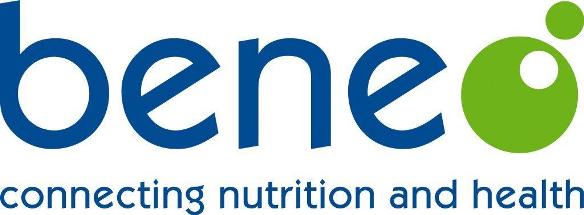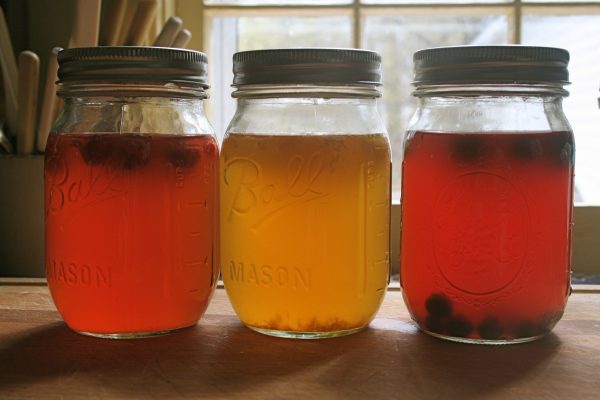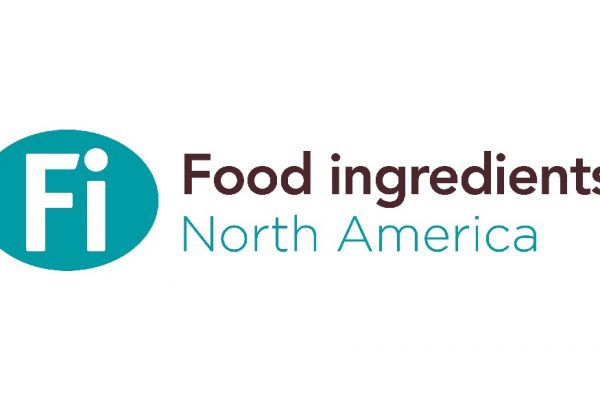How To
How Alcohol Brands Can Maximise Wellness
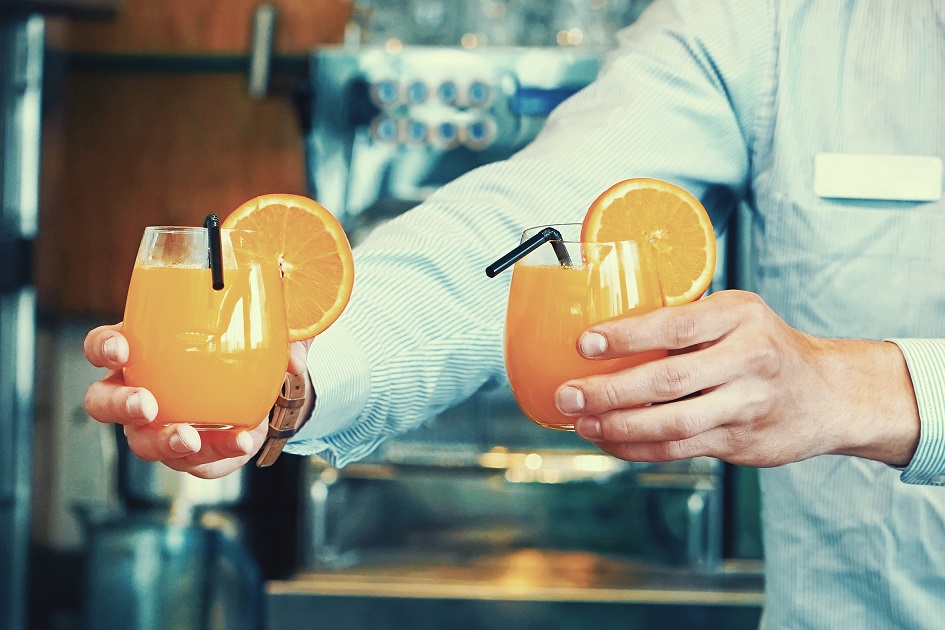 In recent years, Health and Wellness has become one of the major influences on the beverage industry. It is far reaching and touches every beverage category in one way or another. Although it might seem like an unlikely marriage, we are seeing growing examples of consumers continuing to enjoy alcohol as part of a balanced lifestyle. This trend presents alcohol brands with a real opportunity to innovate and capture new audiences.
In recent years, Health and Wellness has become one of the major influences on the beverage industry. It is far reaching and touches every beverage category in one way or another. Although it might seem like an unlikely marriage, we are seeing growing examples of consumers continuing to enjoy alcohol as part of a balanced lifestyle. This trend presents alcohol brands with a real opportunity to innovate and capture new audiences.
On the face of it, the health and wellness movement may not look like good news for the category. We’re all seeking to be that little bit healthier. For younger, time-poor generations, alcohol consumption doesn’t have the appeal it perhaps had for their parents. Statistics from Global Data show one fifth of British adults under 25 are teetotal, while the IWSR reports more than half of US adults are actively trying to reduce their alcohol intake. Worldwide, alcohol consumption dropped 1.8% in 2018 alone.
Other challenges face the sector. The much overused ‘craft’ has been devalued, making NPD more difficult to achieve critical stand-out.
However, it is not all doom and gloom.
In 2018, the alcoholic drinks industry represented $1.8tn in global spending, a figure largely comprising of beer sales, but other segments are also seeing impressive growth despite the difficult climate.
There is much room for innovation and we’re already seeing brands adapt to wellness trends within their own category.
At the very heart of this opportunity are low and no alcohol offerings. Sober and sober curious millennials are seeking out a range of flavourful options with reduced ABV as well as lower sugar and calories. This is not just a nice-to-have option for brands, it is now an topping the innovation agenda.
Non-alcoholic spirits are forecast to grow at a CAGR of 21.7% between 2018 and 2023. While this increase is from a comparatively low base point, it is testament to the consumer appetite for this emerging class of drinks.
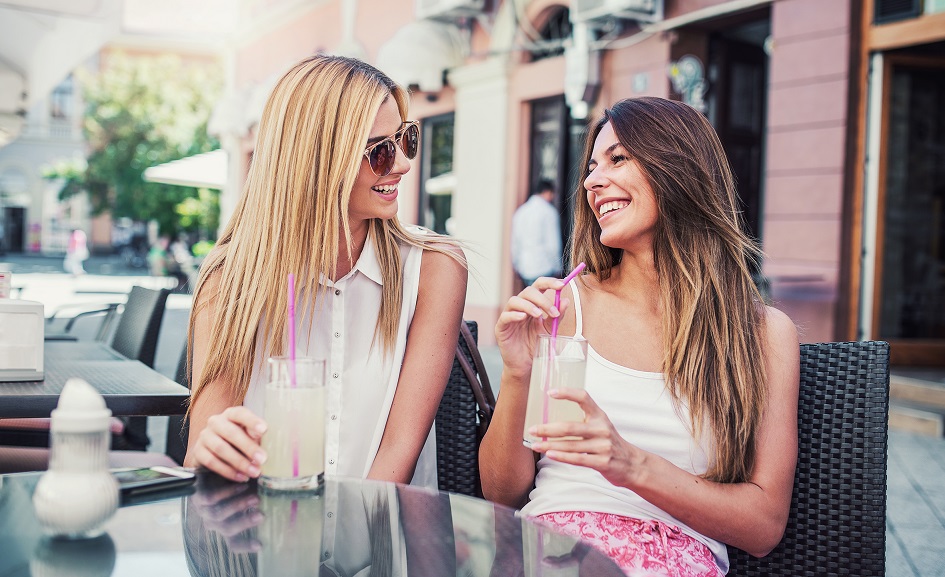 Low and no is a category in its own right, experiencing significant growth with brands.
Low and no is a category in its own right, experiencing significant growth with brands.
However, alcoholic content still has a place in the wellness trend. For consumers looking for a ‘better for you’ alcoholic option, reducing sugar levels is a key priority. Already being scrutinised by governments the world over, sugar consumption has become a headline health issue.
This is where simple ingredients and natural flavours come to the fore. From hard seltzers to RTD cocktails, consumers don’t have to compromise on sweetness and taste.
Health continues to interest and excite consumers, seeking new ways to look after their bodies and their minds. Including natural ingredients with enhanced health benefits into drink formulas is a fast-developing trend. Fruit juices, waters and botanical ingredients are now regularly appearing in innovative new alcoholic product launches. These forward-thinking brands know natural ingredients have strong ethical and sustainable credentials which are of particular interest to the rising ‘activist consumers’.
The taste, the smell, the benefits – all are critical to the success of a beverage in a healthier world. But what about the look?
In an age where content is king, what sings on social media can translate into sales success. The importance of creating eye-catching and colourful drinks to share should not be underestimated. A ‘better for you’ alcoholic drink that looks fantastic will capture the attention of a social savvy generation, a key part of the demographic that will drive sales.
Health and wellbeing will not go away and success is there for brands prepared to embrace mega-trends and innovation. As the movement evolves, we support brands on their journey to create on-trend NPD fit for a modern consumer.
Treatt has offices in the UK, USA and China and works with beverage brands around the world. Find out more here: www.treatt.com.

